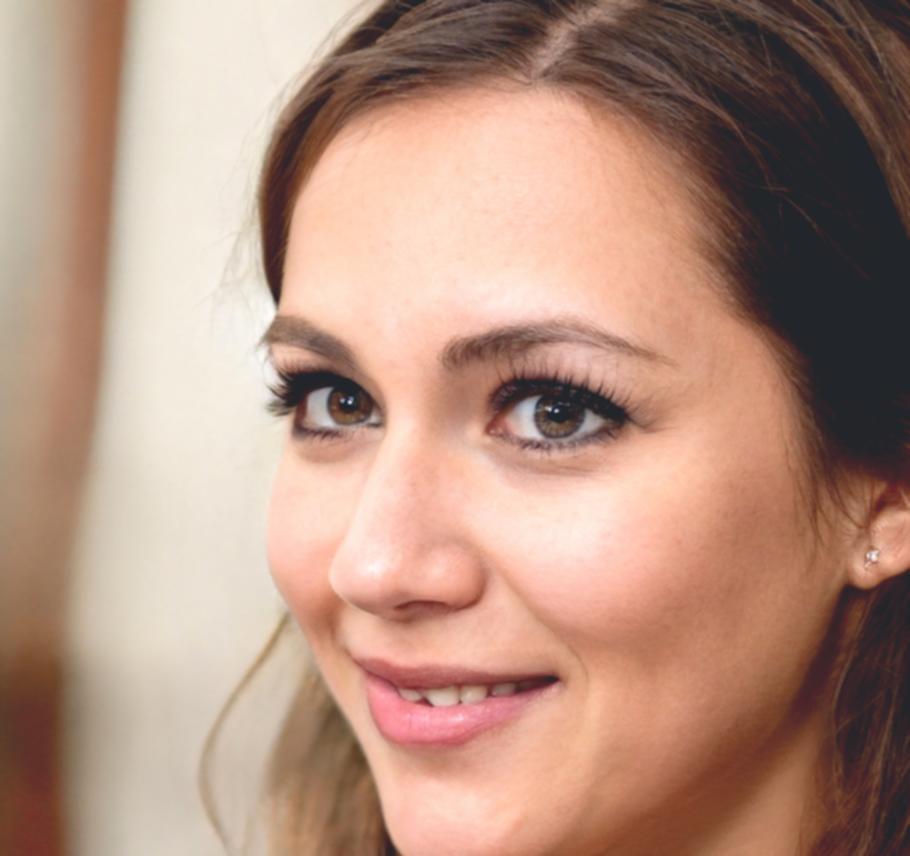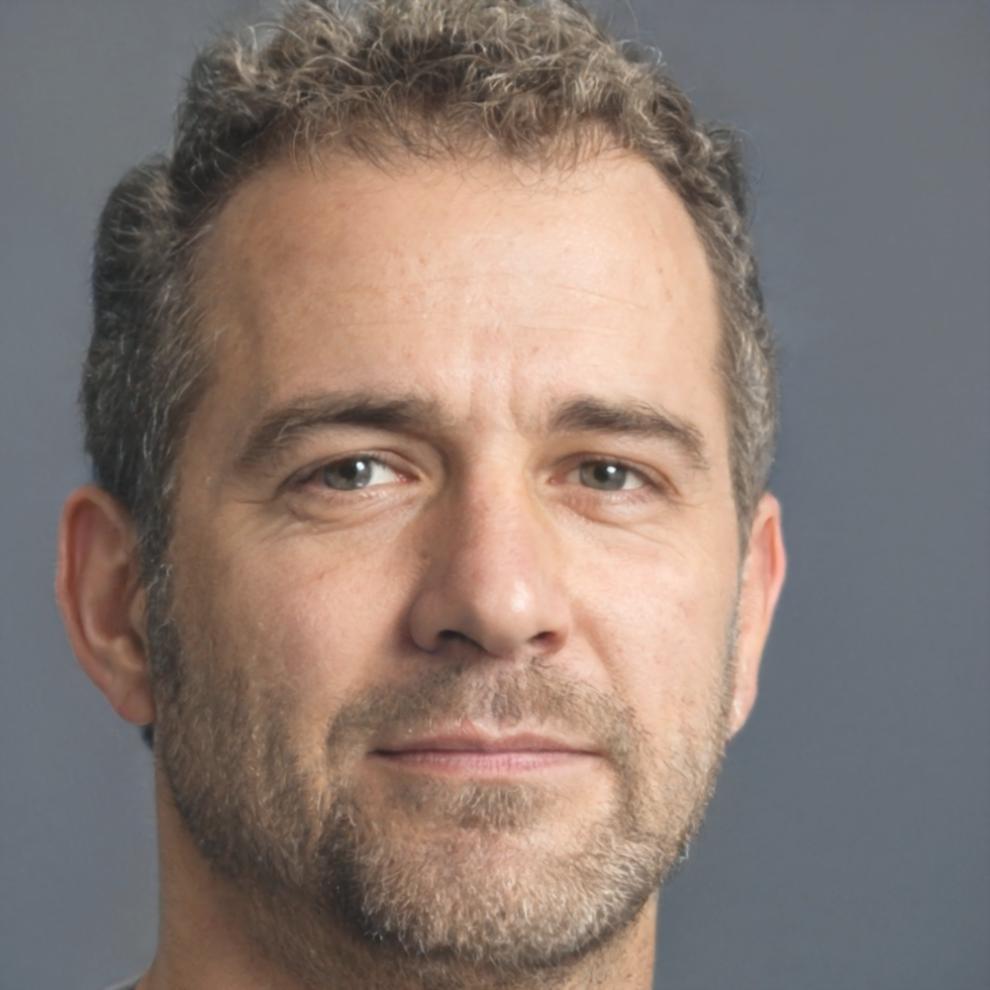Build Real Income Management Skills That Actually Work
Stop guessing with your money. Our six-month program teaches practical budgeting approaches used by people who've turned financial chaos into sustainable control. Starting September 2025.
Learn More About the ProgramProgram Structure
What You'll Actually Learn
We don't teach theory for theory's sake. Each module addresses specific challenges Australian households face – variable income, irregular expenses, and the gap between what budgeting advice says and what real life demands.
Module One
Income Reality Mapping
Most budgets fail because they assume steady income. We start by documenting your actual cash flow patterns – whether you're salaried, freelance, or somewhere in between. You'll build a baseline that reflects reality, not wishful thinking.
Module Two
Expense Pattern Recognition
Where does money actually go? Not where you think. This module helps you identify spending categories that matter for your situation – including the irregular costs that derail traditional budgets. Registration fees, annual insurance, birthday seasons.
Module Three
Buffer Building Strategies
Financial breathing room isn't about having lots of money. It's about structure. We teach buffer systems that work for modest incomes – small reserves that prevent overdrafts and let you handle minor surprises without panic.
Module Four
Sustainable Tracking Methods
Complex spreadsheets sound impressive but rarely survive contact with busy life. You'll develop tracking approaches you can maintain – whether that's weekly check-ins, simple apps, or paper systems. Whatever actually works for you.
Program runs September 2025 through February 2026. Weekly online sessions (Tuesday evenings, 7-8:30pm AEST) with flexible catch-up options if life happens.
Who's Teaching This
Not financial celebrities or theory experts. These are people who've spent years helping Australian households navigate actual budget challenges – the messy, complicated situations that don't fit neat formulas.

Aidan Berglund
Lead Facilitator
Spent twelve years in community financial counselling before realizing most people need skills, not rescue. Developed the income mapping approach after watching hundreds of budgets fail for the same preventable reasons.

Sienna Kowalczyk
Household Finance Specialist
Specializes in variable income situations – contractors, small business owners, gig workers. Her tracking systems account for the unpredictability that traditional budgets ignore completely.

Callum Bjoerk
Expense Pattern Analyst
Works with families managing irregular costs – school expenses, seasonal work, medical situations. His buffer strategies help modest incomes handle larger irregular expenses without debt.

What Changes After Six Months
- You'll have a personalized budgeting approach built around your actual income patterns and spending reality – not generic templates that assume everyone's financial life looks the same.
- You'll understand your expense patterns well enough to spot problems early, before they become crises. Most financial stress comes from surprises that weren't actually surprising.
- You'll have developed tracking habits that work with your life instead of adding impossible administrative burden. Simple systems you can maintain.
- You'll know how to build and maintain small buffers that create financial breathing room – even on modest income. Structure matters more than amount.
- You'll have practical tools for adjusting your budget when circumstances change – because they always do. Job changes, family situations, unexpected costs.